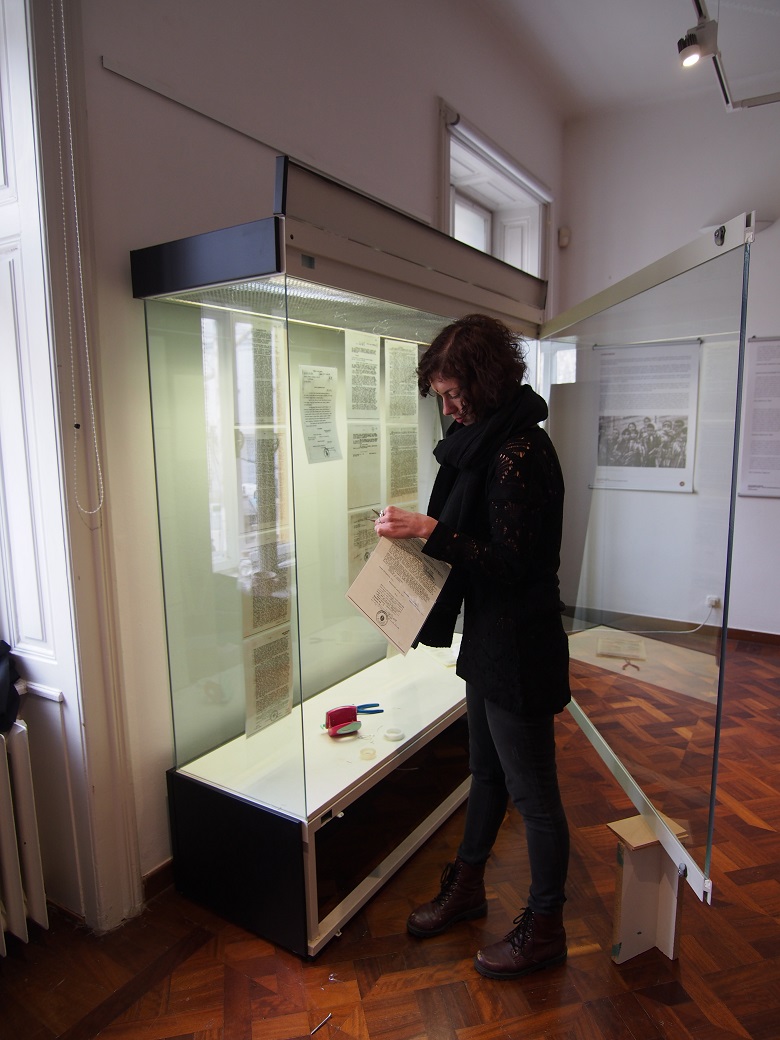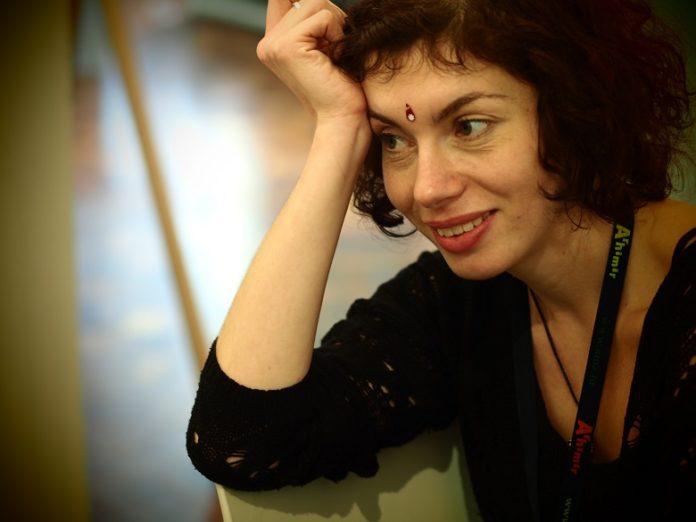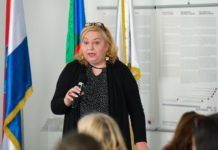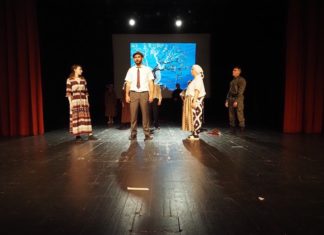This year marks the thousand-year migration of the Roma from the Indian subcontinent to
Europe and the rest of the world. On this occasion at the Archaeological Museum in Zagreb,
an exhibition was set up, dealing with the topic of migration and everything that it entails in the cultural and linguistic context. The exhibition “Rromengo drom – A Thousand Years of Roma Migrations” introduced the Roma Culture Days together with a cycle of lectures on Roma history and culture. “My leading thought is the fact that the museum must be, I will not say the meeting point, but it must be open to the community and as such open to minorities”, said Sunčica Nagradić Habus, author of the exhibition. We talked about the exhibition, archaeology and stereotypical representation of the Roma in visual arts.
What has inspired you to practice archaeology and what has been the focus of your investigation work recently?
Ever since a little kid I wanted to be an archaeologist. I was watching a documentary about
Egypt and I asked my mom who the people working with Egyptian pyramids were. I believe
most archaeologists start this way – it is the fascination with Egypt that attracts us. This interest lasted for the entire elementary and high school until it was time to enter a faculty – for me it was the only logical choice. There is very little related to archaeology that is not in my focus of interest – from research to work on archaeological material, archaeological sites, to complementary activities like museum pedagogy, marketing and popularization of archaeology. It is very difficult to find something within archaeology that I would not be interested in.
Could we say that you are a specialist for Classical Period?
During the studies no, however ever since I graduated I have worked with the Greek and Roman Collection Department in the Museum, primarily with Roman material. Somehow, I have recently devoted myself to the Roman pottery, which did not seem attractive to me during the study and I even considered it to be monotone, but when you go deeper into the
matter you begin to distinguish finesse and shades and understand how pottery is related to all aspects of our lives.
Being a woman are you faced with obstacles that prevent you from doing archaeology? Is it popular to be a woman in museology?
In archaeology and museums in general there are many female colleagues working. I will not say that we are the majority, but it is unquestionable that we are equal to our male colleagues. Especially when you come to the archaeological site you do exactly the same job as your male colleague. There is no difference, we are quite emancipated.
A few years ago, portrait of a young girl believed to depict Fulvia Plautilla returned to a place of permanent exhibition, the Archaeological Museum in Zagreb. It is considered to be one of the most important Roman portraits found in Croatia. There is a connection among the portrait, the Archaeological Museum in Zagreb and Andy Warhol. What is it about?
It is about the Solinjanka or Salonitanka, meaning “woman from the city of Solin (ancient Salona)”, that is believed to depict Plautilla, wife of the Roman emperor Caracalla, whose life was pretty miserable. After her divorce, she was exiled and eventually killed on Caracalla’s orders. The portrait is extremely interesting, almost idealized.
Since it is made of marble, it is white today, while it was once painted. It is sometimes difficult for people to imagine that Roman sculptures, as well as temples and architecture, were very colourful, ornamented and painted. A few years ago, guided by the idea that the
Roman sculptures were colourful, we had decided to play a bit with our Plautilla and colour it. On the occasion of the International Museum Day we launched a new line of souvenirs – Pop-up Solinjanka. An old souvenir in a new modern spirit.

You have participated at the “Rromengo drom – A Thousand Years of Roma Migrations” exhibition. How did you prepare for it and what was the focus of your research during the setting up of this exhibition?
My leading thought is the fact that the museum must be, I will not say the meeting point, but it must be open to the community and as such open to minorities. Together with the Director, we came to the conclusion that it would be nice to realize a program including Roma associations and community, raising interest and consciousness of the public. It started from the idea of setting up the exhibition and now we have a year-long program that we hope to realize successfully. The museum belongs to everyone; it is not about us, but the public. The idea is that everyone is welcome.
That is why the aim of the exhibition is primarily to tell a warm human story with a happy
ending, from wandering and Roma migration, through persecution and their marginalization
and suffering in World War II to inclusion in society as equal members.
Roma are often stereotyped in visual art – men as musicians, women as dancers and fortune-tellers, and together as nomads in traveling caravans. How do you comment on it?
We are a society that loves stereotypes. Some are reality-based stereotypes, but some are
outdated and need to be discarded. Today, the Roma are not primarily musicians, they are not nomads any more. They are educated and participate at various levels of society and that is what we are trying to show with this exhibition – that they are full members of our society and that we are not nearly as different as we imagine being.
Can we then say that exhibitions such as “Rromengo drom – A Thousand Years of
Roma Migrations” change the perception since it has been co-organized by a Romani Union?
Perception should be changed. This exhibition was created as a co-operation between a cultural institution and a Romani union, we are two equal partners and such partnership should be an example to others. And from my personal experience I can say that it is not necessary to make any extra effort to achieve such cooperation, it is enough to approach it as any other project.












